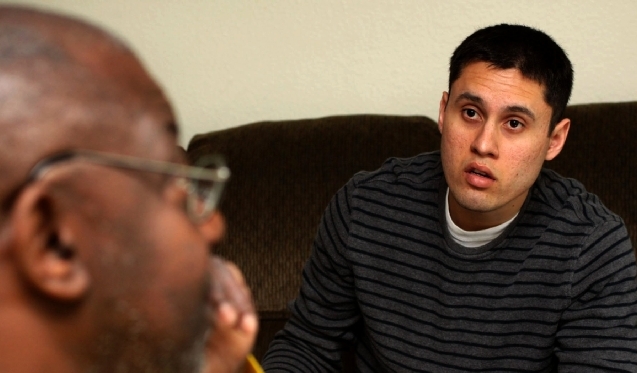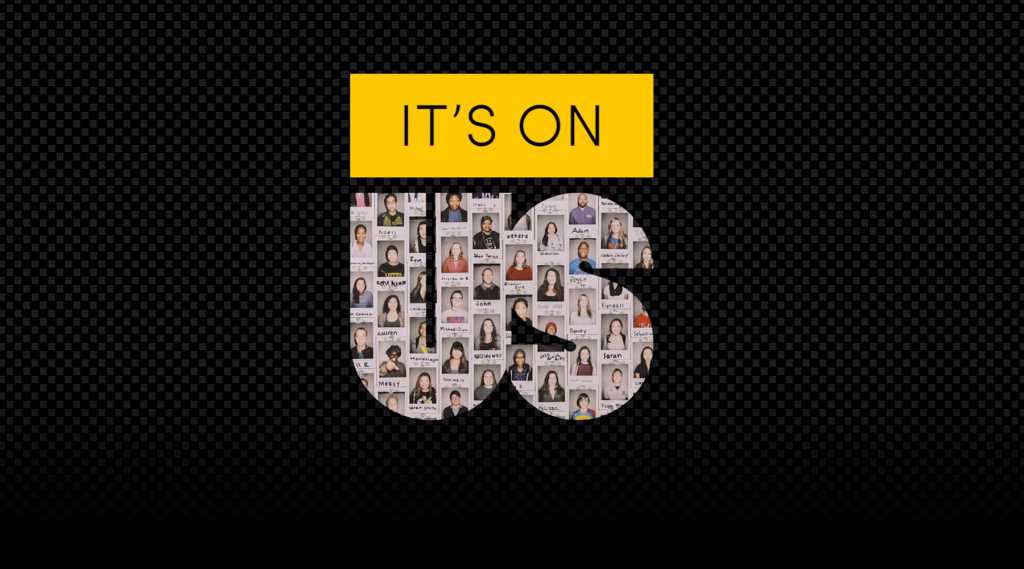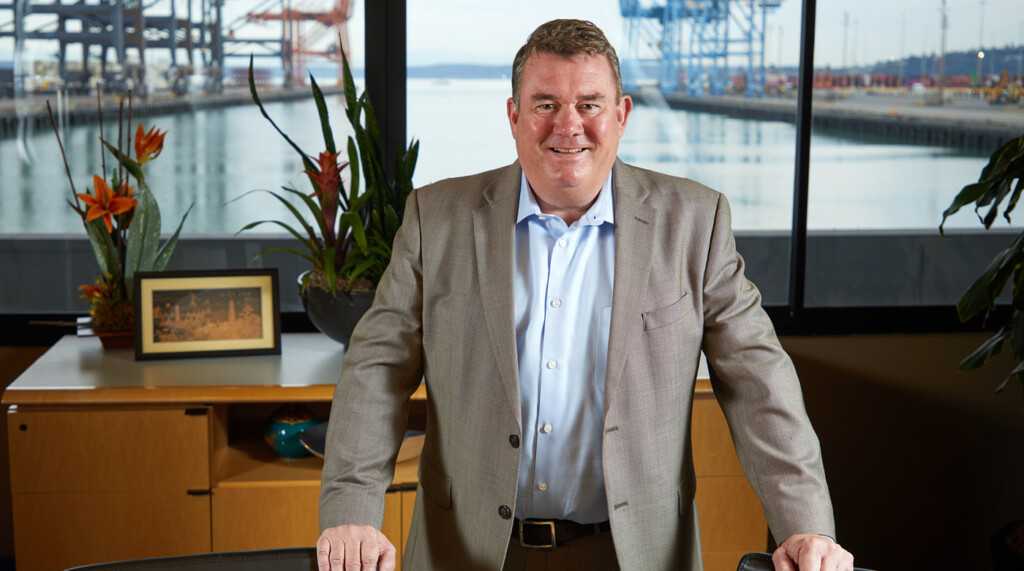Page 178 • (3,323 results in 0.075 seconds)
-

student who decided on a career change after retiring from the Army as a Black Hawk helicopter mechanic five years ago. While serving in Iraq, Ross, 43, was impressed by the work he saw the nurses involved in as they treated patients. “I really appreciated what they did for the troops,” Ross said. So, for the past three years, Ross has been studying to be a nurse, and for the past two, he’s been working with Gene Meade, a fellow veteran who lives in Gig Harbor. When Ross met Meade, he quickly
-
engaged in the policy process on many levels, which includes interpreting, evaluating, and leading policy change. Social Determinants of Health Determinants of health, a broader term, include personal, social, economic, and environmental factors that impact health. Social determinants of health, a primary component of determinants of health “are the conditions in the environment where people are born, live, learn, work, play, worship, and age that affect a wide range of health, functioning, and
-

a program similar to It’s On Us called SHARP (Sexual Harassment/Assault Response & Prevention), located in the resource area of the Memorial Gym. “We are all part of the human race,” said Keller. “We have to take care of each other. We have to stem this ugly tide. This is something that affects so many—it has personally affected my own family.” Keller, who has been on the PLU faculty since 2013, said he is making sexual-assault prevention a top priority. “I really want to see change in our
-
services and use resources most effectively, the PLU Counseling Center utilizes a brief, short-term therapy model for individual counseling. This model is focused on helping students to resolve or effectively manage a specific problem or challenge, or to make a particular desired change. Therapy is typically solution-oriented, and sessions are geared towards direct and active intervention to help students achieve specific goals. Initial appointments are in-person, and are scheduled as soon as
-
having a clear plan! Plus, you’ll have the skills to adjust your plan if you change your mind about major, want to add a minor, or want to study away. Here’s to less stress and more clarity! Watch this space for the next Small Groups to be offered!
-
Resources for Graduate StudiesIf you are thinking about completing a graduate degree or looking to change your career field, these resources provide you a variety of topics to help you get started. You may find ebooks to learn about specific professional fields, or info graphics that give you a quick guide to prepare for the application. Explore the resources below and download a copy for your reference!ebooks How to Become A TeacherWhether you’re a recent college graduate or a working
-
(or minor), you can change at any time. To declare, just fill out a form, it only takes a few minutes. Or, contact any faculty member with questions or concerns. We’re happy to help. To help you succeed, we have developed some example graduation plans that describe a typical 4 year plan for graduation with one of our majors. Take a look!
-

. And so one of the things that is perhaps not surprising, but very true is the complexity of harbor operations. It is not as simple as just ships come in, get unloaded by people and put on trains, and so forth. It is a very, very complex ballet of interests that intersect down here. And that complexity might surprise people. I also think a lot of people would be surprised by how much time we spend on environmental projects and the resources we put into improving the natural environment. These
-

has the power to tell a story she believes is important—regardless of who she is and where in the world that story may be. “We are living in a time when we have great power as individuals to communicate and understand what is happening halfway around the world. If you see an injustice, you have the power to communicate it, talk about it, Tweet about it, march about it, make a film about it, change it.” Her visit began with lunch in the Scandinavian Cultural Center, where more than 100 students
-

exploring questions — it was transformative for me,” she said. Siegesmund says that when her PLU students spot her wearing her first-in-the- family button, it opens up all kinds of conversations. Some who live on campus, but have family close by, feel the pull from home — parents who expect them home on weekends, when students are trying to make connections on campus. “Their families don’t always understand how much time it takes to be a student,” Siegesmund said. Ellard-Ivey said her first-generation
Do you have any feedback for us? If so, feel free to use our Feedback Form.


